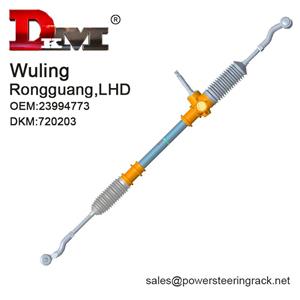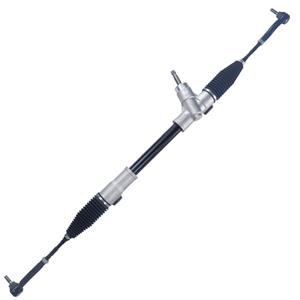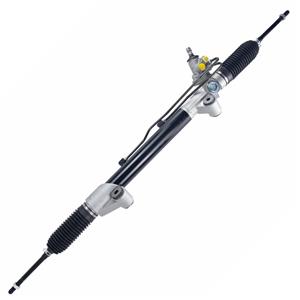News
-
The steering system offset of old cars is more obvious, that is, when the steering wheel is slightly turned, the wheel does not turn quickly. This offset will make the driver feel that the control is not precise enough when driving at low speed or turning.
-
If the hydraulic oil is found to be contaminated or leaking, it may mean that the pump has also been damaged to a certain extent and needs to be inspected or replaced. Otherwise, continuing to use a bad pump will affect the long-term stability and performance of the steering system.
-
Unlike engines or gearboxes, hydraulic power steering racks do not need to be run-in by running at low speed for a long time. The meshing surface between the steering rack and the pinion is usually precisely processed during the production process, and the degree of fit is high.
-
Yes! During the long-term use of a car or machine, manual rack and pinion gear may indeed fail due to frequent movement and high load use. Although these failures are not common, the probability of their occurrence increases with the age of the car.
-
Here are some common reasons that may cause power steering whining: 1. Air entering the hydraulic system 2. Aging or damaged power steering pump 3. Loose or worn belts 4. Clogged or damaged hydraulic lines 5. Fluid deterioration or contamination 6. Wear of internal components of the steering system
-
After entering the 21st century, with the rapid development of electric power steering (EPS) technology, the power steering system has undergone changes again. The electric power steering system no longer relies on hydraulic oil, but directly provides power to the steering wheel through an electric motor, making steering more precise and efficient.
-
One of the biggest advantages of hydraulic power steering rack is improved handling performance. Traditional mechanical steering systems achieve steering by directly connecting the steering wheel and wheels, requiring the driver to apply greater force, especially at low speeds or parking.
-
Steering becomes difficult If the electric power steering rack is damaged, one of the most obvious manifestations is that the steering wheel becomes difficult to turn. This is because the motor cannot provide normal power assistance, and the driver needs to rely on more force to complete the steering operation.
-
● Reduce the number of teeth on the gear: If the number of teeth on the gear is reduced and the pitch of the rack remains the same, each rotation of the gear will drive the rack to move a greater distance, thereby reducing the steering ratio. ● Increase the pitch of the rack: By increasing the pitch of the teeth on the rack, the rack can be moved farther when the gear rotates the same angle.
-
The steering wheel makes abnormal noises when turning, especially "squeaking" or "banging" knocking sounds, which are often early signs of wear or damage to the power steering rack end. When the seals or lubricants at the rack end are lost, friction increases, causing wear between parts, which in turn causes abnormal noises.




